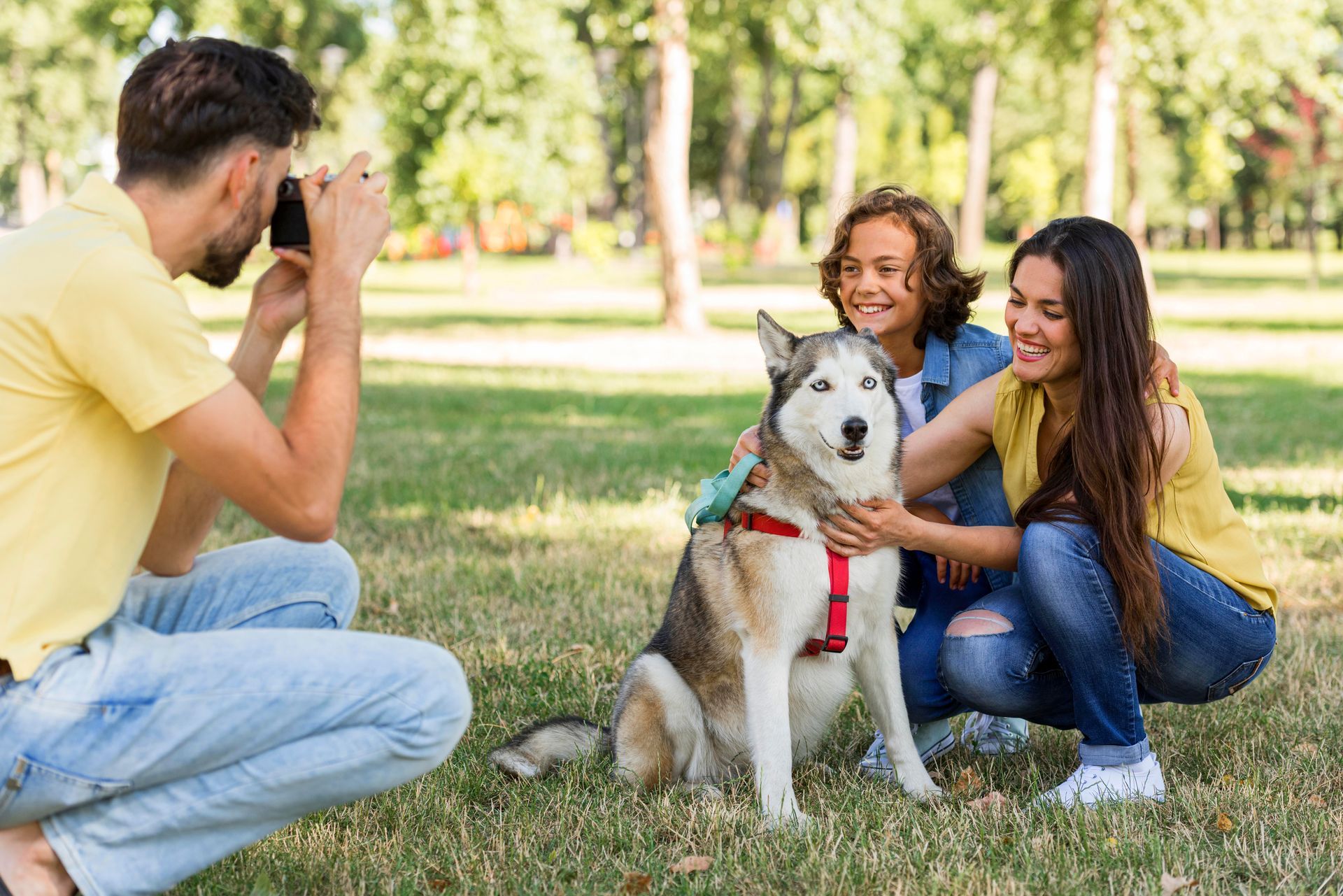Pet Allergies Services and Treatments offered at Allergy & Asthma Specialists of Kansas City
• Allergic Rhinitis (Hay Fever)
• Sinusitis (Acute/Chronic)
• Allergic Conjunctivitis
• Allergic Asthma
• Non-Allergic Asthma
• Food Allergy (Peanut Immunotherapy)
Love Your Pets — Without the Allergy Symptoms
Kansas City’s Pet Allergy Specialist for Clear Answers and Lasting Relief
If your nose starts running or your eyes start itching every time you're near a cat or dog, you may be dealing with a pet allergy. At KC Allergy & Asthma, we help you manage your symptoms without having to give up your furry family members. Our expert-led care offers precise testing, real solutions, and long-term relief.
Why Trust KC Allergy & Asthma with Your Pet Allergy Care?
- Board-Certified in Allergy & Immunology
You’ll be seen by a specialist trained specifically in allergic conditions—not a general practitioner guessing at your triggers.
- Accurate Testing for Cat, Dog, and Other Animal Allergies
We use targeted skin and blood testing to determine if your reactions are caused by dander, saliva, urine proteins, or environmental allergens carried by pets.
- Treatment Plans That Fit Your Life
Whether you live with pets or want to visit homes with animals, we build personalized plans that allow you to manage symptoms without avoiding animals altogether.
- Non-Drowsy Medical Options
We go beyond basic allergy pills, offering modern treatment strategies that include intranasal sprays, long-acting antihistamines, and allergy shots (immunotherapy) for lasting relief.
- Experience with Complex and Dual Allergies
- Many patients react to both pets and environmental triggers like dust or pollen. We’re equipped to address multiple causes at once—so you don’t just manage symptoms, you solve the root problem.
- Care for Kids, Adults, and Families with Pets
- From children with asthma triggered by pet dander to adults with newly developed allergies, we provide age-appropriate care for every stage of life.
Common Signs of a Pet Allergy:
- Sneezing, runny or stuffy nose after pet exposure
- Itchy, red, or watery eyes around animals
- Coughing, wheezing, or shortness of breath near pets
- Skin rash or hives after contact
- Worsening of asthma symptoms in pet-friendly environments
Relief Is Possible—Without Saying Goodbye to Your Pets
You don’t have to choose between your health and the animals you love. With the right diagnosis and treatment, you can enjoy life with fewer symptoms—and more freedom.
